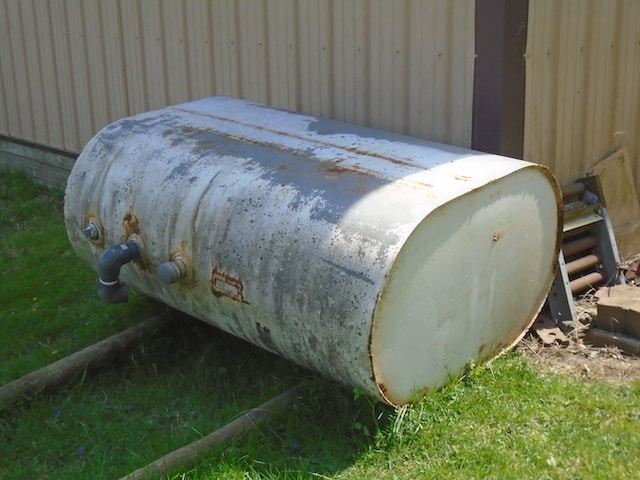The Benefits of Hiring a Licensed Contractor for Oil Tank Abandonment

Abandoning an unused underground oil tank (UST) is done by cutting the piping, disconnecting fill and vent pipes, cleaning out all remaining oil and oil sludge, and then the tank is filled in place with an inert material. This process is also called closure in place, and it is a legal method to reduce the dangers of a leaking oil tank.

Safety
A buried oil tank that isn’t appropriately abandoned can leak and cause soil contamination. This contamination can enter sewage systems, storm drains, and water supply.
If the contamination is severe enough, it can lead to expensive cleanup and potential health issues for you and your family. Choosing a licensed contractor for proper oil tank abandonment Westchester County NY is vital.
Oil tank abandonment in place is a process where the unused, leaking, or broken oil tanks are either filled with sand or foam. It is an excellent option for tanks in physically inaccessible locations where excavation or removal would be difficult, such as under a deck or patio.
A professional can perform this service in as little as an afternoon. They will ensure the piping is disconnected and the tank is drained. They will also test the surrounding soil to ensure there is no contamination.
Regulatory Compliance
During the oil tank abandonment process, the tank is pumped, cleaned, and filled with inert material such as sand or foam. Any piping attached to the tank is disconnected and then closed off. Generally, a home inspector will perform a pressure test to confirm that the pipes are intact and free of leaks before the job is completed.
Abandonment in place is a way for property owners to close an underground fuel oil tank (UST) without excavating and removing it. It is done if tests show that the tank has not leaked and can save much money in the long run.
However, this process needs to be performed correctly. In that case, it can lead to soil contamination around the tank and cause future problems for property owners, including financial ramifications in a potential real estate transaction.
Documentation
Professional contractors will document, outline and confirm the oil tank abandonment process with a comprehensive report. It helps homeowners avoid governmental issues in the future and will provide peace of mind that the project was completed professionally.
Abandonment is a way to close an underground storage tank (UST) in place without digging it up. It is a good option for tanks in physically hard-to-reach places like underneath decks, patios, and home additions. It also minimizes excavation and property restoration.
It is important to note that this method needs to be foolproof. Professional home inspectors have observed abandoned tanks in place improperly and needed to include the proper steps of tank cleaning and soil sampling. If a homeowner, buyer’s attorney, or insurance carrier finds out that the UST was not cleaned and adequately tested for leakage, it can result in significant legal and remediation costs. That is why hiring a contractor that is licensed and certified is vital.
Insurance
Many homeowners have purchased their homes unaware of an old buried oil tank on the property. If this buried tank has been abandoned in place (without having the appropriate steps taken), there could be a leak present which would require costly cleanup.
A proper method of tank abandonment involves uncovering the tank, removing any residual oil or sludge, and then filling the tank with a material such as foam or sand. It is the only way to completely decommission a buried tank without requiring the soil to be replaced on your property.
I have seen many homeowners try this, using their plumber or HVAC company to “fill in” the tank with sand or foam. It is not a good idea and does not leave you with documentation that a home inspector, attorney, or insurance carrier would consider valid. Your best option is to remove the oil tank and have soil tests completed by an MDE-licensed contractor.



